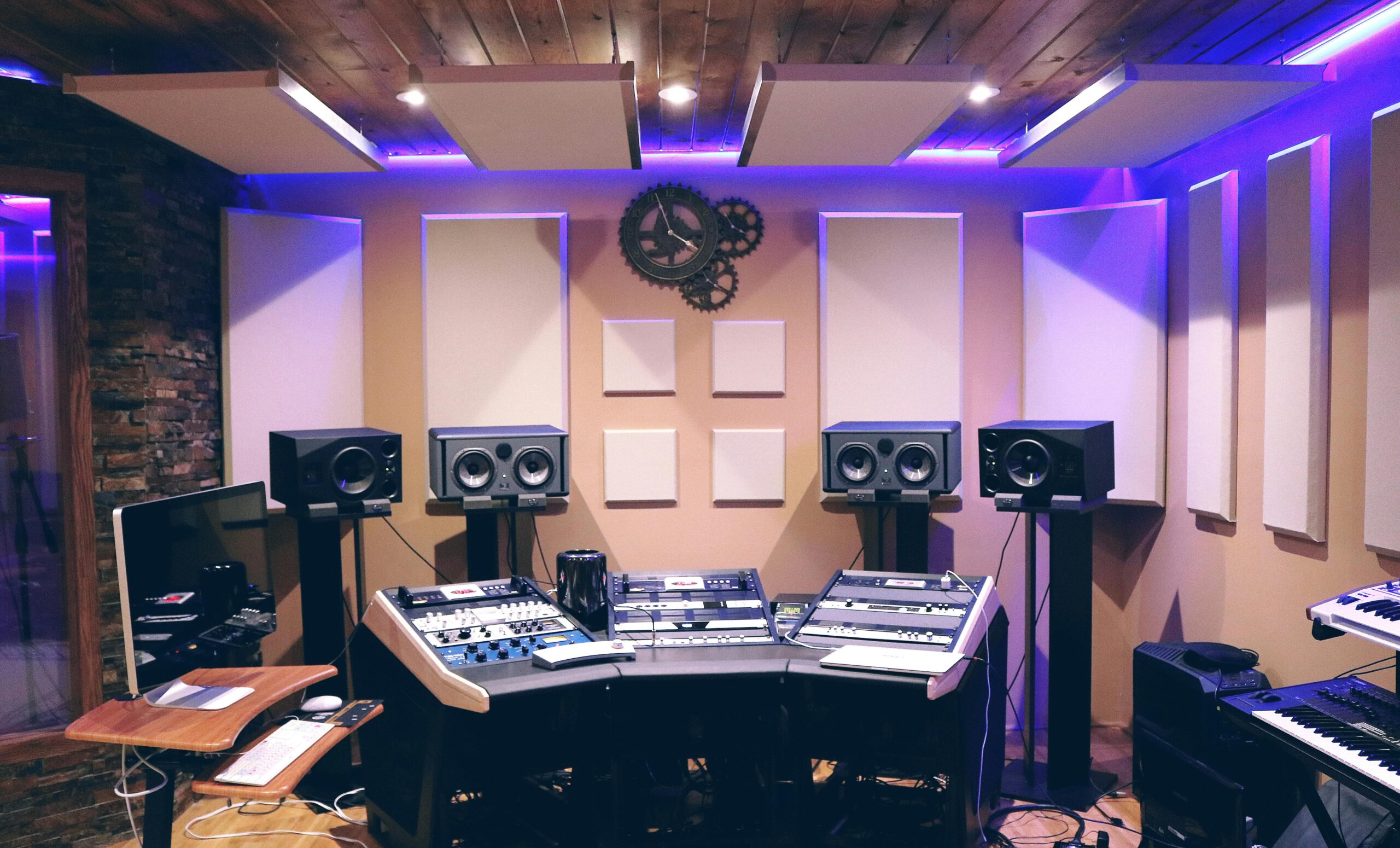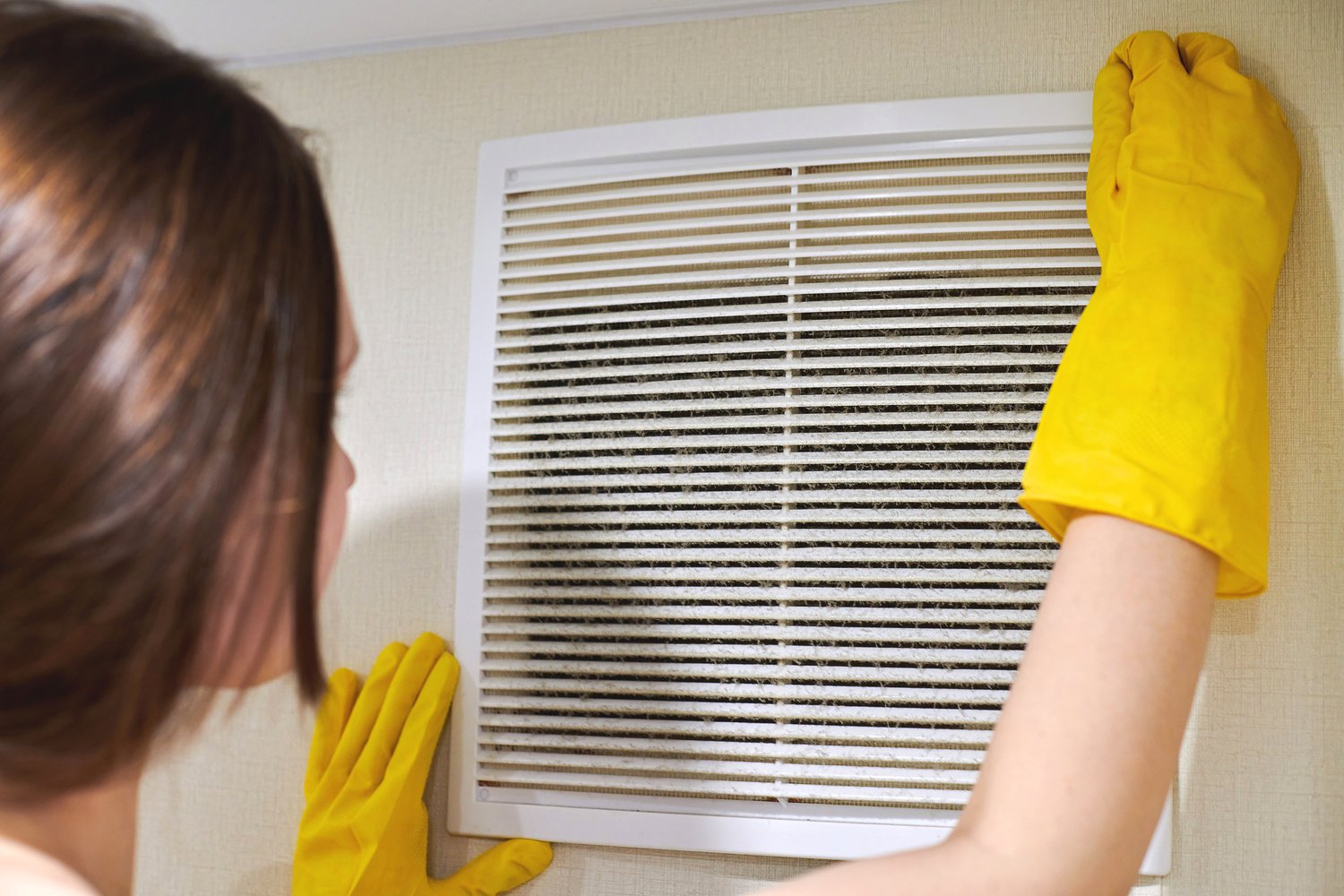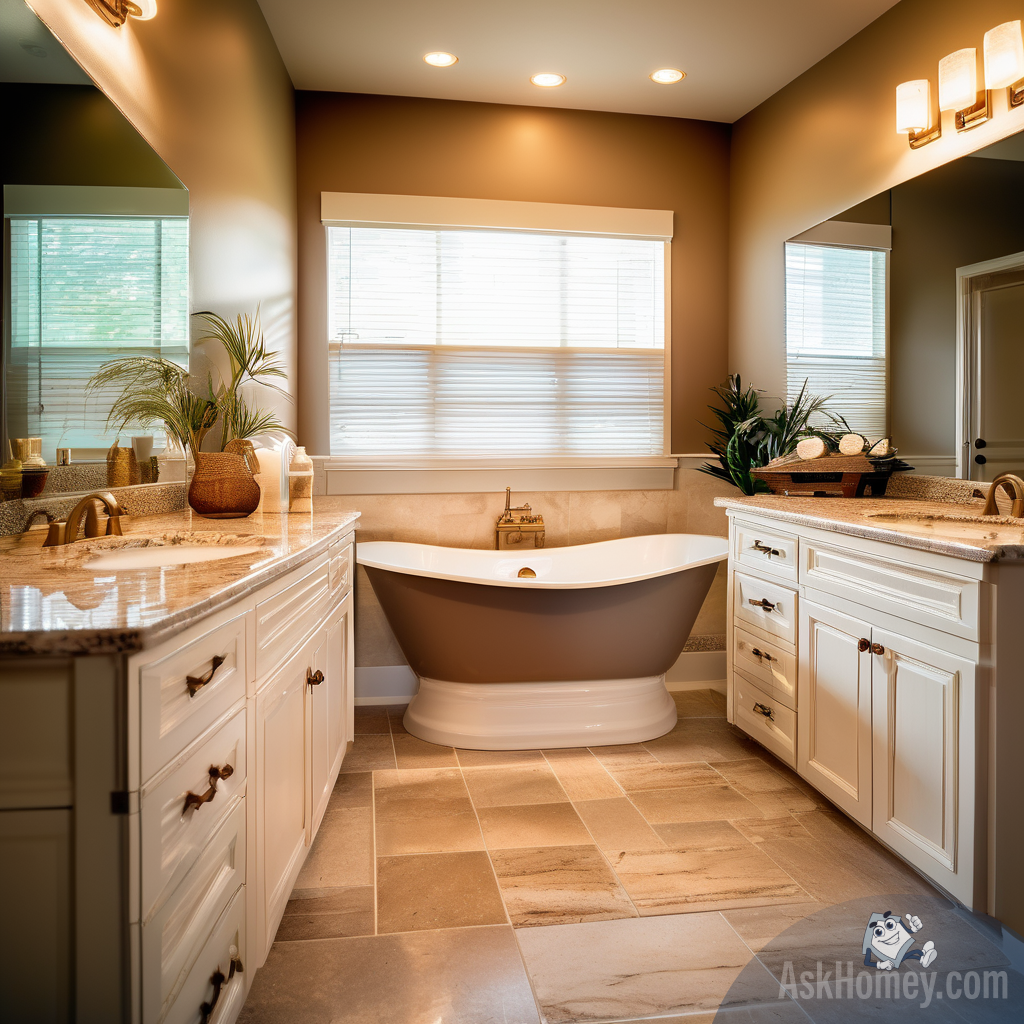Converting your garage into a space for band practice, woodworking, or other noise-generating hobbies can be liberating, but without proper soundproofing, it can quickly become problematic for your family and neighbors. Effective garage soundproofing requires addressing multiple aspects: walls, doors, windows, and ceiling. This article will guide you through practical soundproofing techniques for your garage, from basic DIY garage soundproofing approaches to more comprehensive solutions using sound dampening materials for your garage, helping you enjoy your hobby without disturbing the peace.
Understanding Sound Transmission in Garages
Before diving into soundproofing techniques, it’s important to understand how sound travels in your garage. Most garages weren’t built with acoustics in mind, featuring thin walls, gaps around doors, concrete floors that reflect sound, and minimal insulation. Sound escapes through the weakest points – typically doors, windows, and any cracks or gaps. When planning to reduce noise in your garage workshop, you’ll need to address two types of sound: airborne noise (like music or voices) and impact noise (like drumming or hammering). A comprehensive approach tackles both by adding mass to absorb sound, damping to reduce vibrations, and decoupling to prevent sound transfer between surfaces.
Sealing Air Gaps: The First Step
The most cost-effective first step in soundproofing garage for music or other noisy activities is sealing all air gaps. Even small openings can leak significant sound. Start by weatherstripping your garage door and any regular doors leading outside or into your home. Apply acoustic caulk around windows, electrical outlets, light fixtures, and where walls meet floors and ceilings. For the large gap under the garage door, install a garage door threshold seal. This basic air sealing can significantly reduce sound leakage while also improving energy efficiency, making it an excellent starting point before investing in more expensive sound dampening materials for your garage.
Wall and Ceiling Treatments
For serious soundproofing, you’ll need to add mass to your garage walls and ceiling. One effective approach is installing mass loaded vinyl (MLV), a dense, flexible material specifically designed for soundproofing. MLV can be installed either directly to existing walls or between layers of drywall for better results. For even better performance, consider building a room within a room using resilient channels and double layers of drywall with Green Glue damping compound between them. This creates decoupling, which prevents vibrations from transferring through the structure. For a simpler DIY garage soundproofing approach, installing rigid foam insulation covered with dense drywall can offer reasonable sound reduction without extensive construction.
Floor Solutions
Garage floors typically consist of bare concrete, which reflects sound and creates echo. Adding floor treatment helps absorb sound and reduce reverberation. Interlocking rubber floor tiles offer an easy DIY solution that provides both sound absorption and comfort underfoot. For band practice areas, consider floating a plywood subfloor over rubber isolation pads, then finishing with carpet or rubber flooring. This decoupled floor system prevents sound transmission to the foundation and neighboring structures, particularly useful for drummers and other percussion instruments when soundproofing garage for music practice.
Acoustic Panels and Bass Traps
Once you’ve addressed sound leaving the garage, you’ll want to improve the sound quality inside. Acoustic panels garage installations help absorb echoes and reverberation, creating a better environment for music practice or recording. Commercial acoustic panels are readily available, but you can also create DIY versions using rigid fiberglass insulation wrapped in fabric. Place these panels at reflection points on walls and ceilings. For low-frequency sounds from bass guitars or kick drums, install bass traps in corners where sound waves gather. The combination of soundproofing (keeping sound in) and acoustic treatment (improving sound quality inside) creates an ideal environment for music rehearsal or production.
Garage Door Considerations
The garage door often presents the biggest soundproofing challenge due to its large surface area and typically poor insulation. While it’s difficult to completely soundproof a standard garage door, you can improve it substantially. Consider attaching mass loaded vinyl covered by foam insulation panels to the inside of the door. For maximum effectiveness, you might consider replacing the garage door with a solid, insulated door if your situation allows. Alternatively, build a false wall in front of the existing garage door if you don’t need to use it for vehicle access, which provides superior soundproofing compared to treating the door itself.
Professional Assessment and Installation
For serious musicians or those with particularly loud hobbies, professional help might be warranted. An acoustics expert can evaluate your specific space and recommend customized solutions based on your budget and needs. Professional contractors experienced in soundproofing can ensure proper installation of acoustic panels garage systems and other sound dampening materials. You can find qualified soundproofing professionals through AskHomey, where local experts can provide consultations and installation services tailored to your specific garage configuration and soundproofing goals.
For more tips and to connect with reliable home service professionals, follow AskHomey on Facebook and Instagram.



